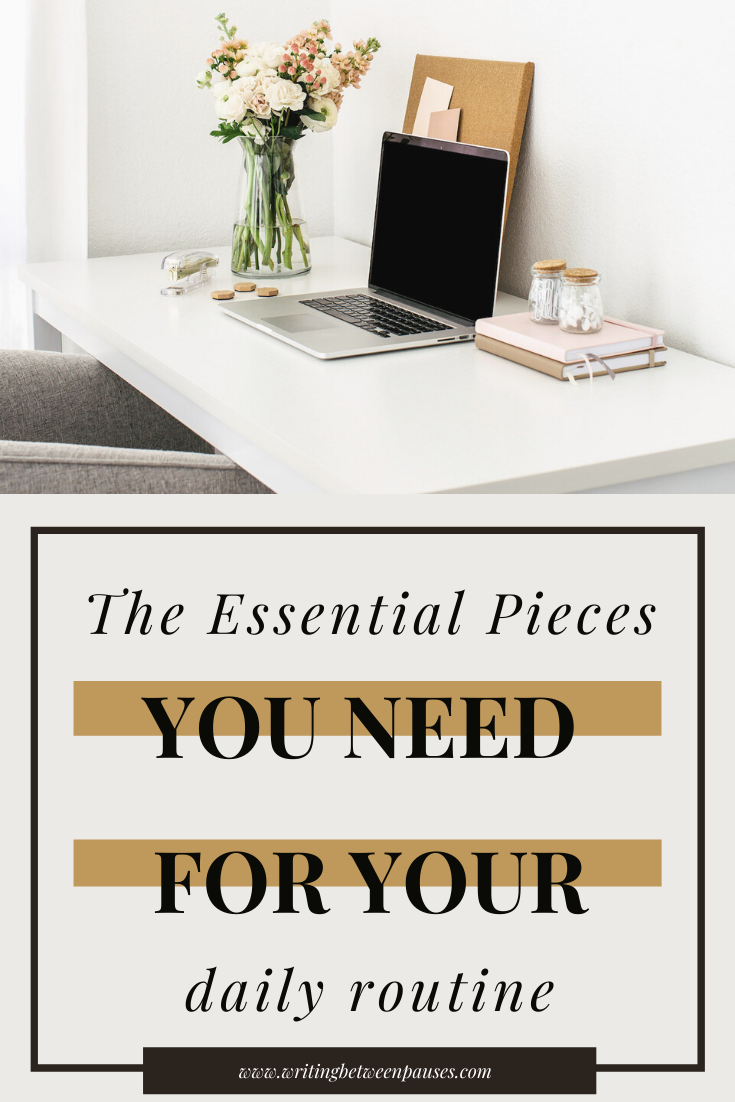Snacking is a shockingly controversial topic in the parenting world.
Some parents are vehemently anti-snack. And some parents let their kids go hogwild.
The truth is: no matter what your approach is, as long as you’re approaching it from a mindset of wanting the best for your kids, that’s great. Do what works for you!
But I know for me, I’ve always stressed a little bit about what Forrest eats in a day. Like most 4-year-olds, he can be really picky. Kids don’t have a lot of control over their day-to-day lives so food is often the one thing they can control. Plus, they like routine and all the things being pretty similar day-to-day. Almost all kids (except the few outliers, you lucky ducks!) have a few (or quite a few) foods they simply won’t touch (Forrest’s are broccoli and potatoes).
Snacks are a great way to teach kids good habits—not just to pick foods that help them meet their nutritional goals, but also to have fun with food and to let their body’s needs guide their choices. However, making sure kids have access to a good mix of snacks—both the fun stuff and the good-for-you stuff—can be really challenging.
Here are my 4 tips for helping kids pick healthier snacks every day. (As a note, these are just a few things to try! Different things, as always, will work for different families. Experiment, find what works, and don’t stress too much about it!)
1. Focus on what your kids already like.
I am a picky eater and I can remember what it was like for me when my mother tried to force me to try new foods or eat new foods. It was stressful and it created a lot of anxiety in me. Especially with snacks, I always wanted to eat the same things over and over: chips and salsa; Cheerios; and maybe an apple with peanut butter.
Forrest is definitely not as picky as I was, but he definitely has different tastes. Whereas I would have happily lived on mashed potatoes (and only mashed potatoes) as a child, he hates potatoes in all forms: fries, roasted, mashed, whatever, he doesn’t like potatoes. However, he does love fruit and yogurt; he will eat fruit and yogurt pretty much always.
The solution? Snacks of fruit and yogurt. Freeze yogurt tubes for afternoon snacks on hot days. Keep cut up apples and peaches in the fridge. We always have apples and strawberries on hand, as well as mangos, peaches, and other seasonal fruits. Forrest is probably never going to be a kid who happily accepts carrots as a snack—but he will eat strawberries and peaches, a smoothie, or some yogurt with fruit and granola.
This has been one of the best things for my anxiety around food and making sure the snacks Forrest eats are at least 80% nutritionally sound most of the time: instead of trying to form his tastes into ones that help me tick all those boxes (5 servings of veggies? check!), I just work with what he likes—rather than what he’s still learning to like.
2. Offer variety and choices.
There are actually 2 ways to approach snacks in your house.
Presenting a schedule at the beginning of each day that lists what’s for breakfast, lunch, and dinner, and what is for morning and afternoon snack. And that’s it.
Giving them choices (just 2 choices, not all the choices) throughout the day at each mealtime and snack time.
How you approach this really depends on your child and their personality—as well as how well they’ve handled quarantine. (Isn’t that true for all of us?)
For us, I try to give choices. Here’s an example of what I say:
“This morning for breakfast, you can have oatmeal with apples or peanut butter toast with peach slices and granola. Which one sounds better?” Then, Forrest gets to choose—and he knows he always will be able to help me make breakfast.
At snack time, this is what I might say:
“For snack, you can have some cheese puffs and apple slices or yogurt with strawberries. Which sounds best right now?”
It’s really easy to get stuck in the rut of doing the same thing every day for kids. And some kids definitely thrive under that kind of structure. However, it can easily lead to boredom and kids begging for other snacks that you don’t necessarily want them to have every single day.
3. Make healthy snacks accessible.
One of the best things I ever did was make a little shelf for Forrest in the fridge that he can easily reach; it has his water bottle, juice boxes, and yogurts available 24/7. He also has access to our fruit bowl whenever he wants. We have a very simple rule in our house: if he wants a snack sometime other than our usual snack times, he can always have fruit, a yogurt, water, or a juice box—and he can get it himself. I will often find him happily eating a blueberry yogurt or eating an apple while playing with his Legos. It just makes my life so much easier and lets him know that, if he’s hungry, he is always allowed to access these spots no matter what.
4. Don’t restrict snacks.
Regarding point 3, I know for many parents, they feel they need to limit snacking. Especially if they’re worried their children are snacking more out of boredom than anything else. However, I’m trying to teach Forrest that it’s ok to listen to your body and some days, you just need more food than others! He is a very active child and he needs more food somedays. That’s just the reality of life. And while I definitely want him to make choices that make his body feel good, I never want him to feel like he is being deprived or not allowed to eat.
I have noticed this works with Forrest and lots of other kids; if they’re asking for a snack incessantly, it’s probably because they’re hungry. Even if dinner is 10 minutes from being done, they’re small humans and they only know they are hungry right then. I will usually put together whatever I have ready for dinner then; let’s say I’m making BLTs with cucumbers and watermelon. Well, the cucumber and watermelon are ready, so they can munch on those while I finish putting together the sandwiches. There is nothing wrong with doing that.
If kids are begging for snacks in between meals, or in between snacks, I often ask what sounds good and offer a few alternatives. If they all want popsicles, that’s a fairly easy thing to offer! Plus, popsicles can help with hydration—always a great choice during the summer. You can also offer a variety of snacks, like some cheese puffs, a yogurt, a few strawberries, and a juice box and see what they end up picking. It’s not like you can’t save whatever they don’t eat to go with lunch or for the next snack.

























